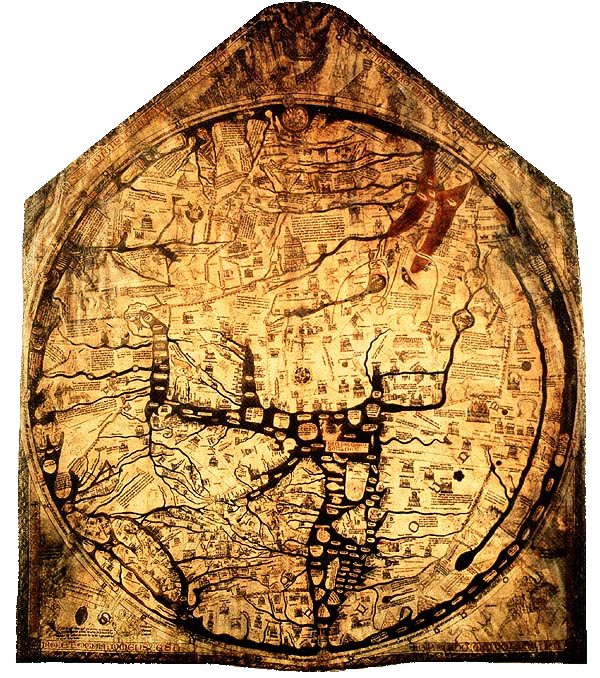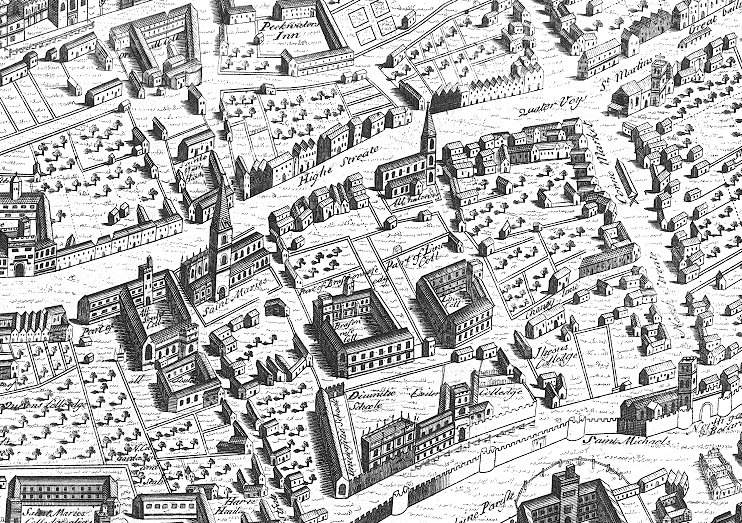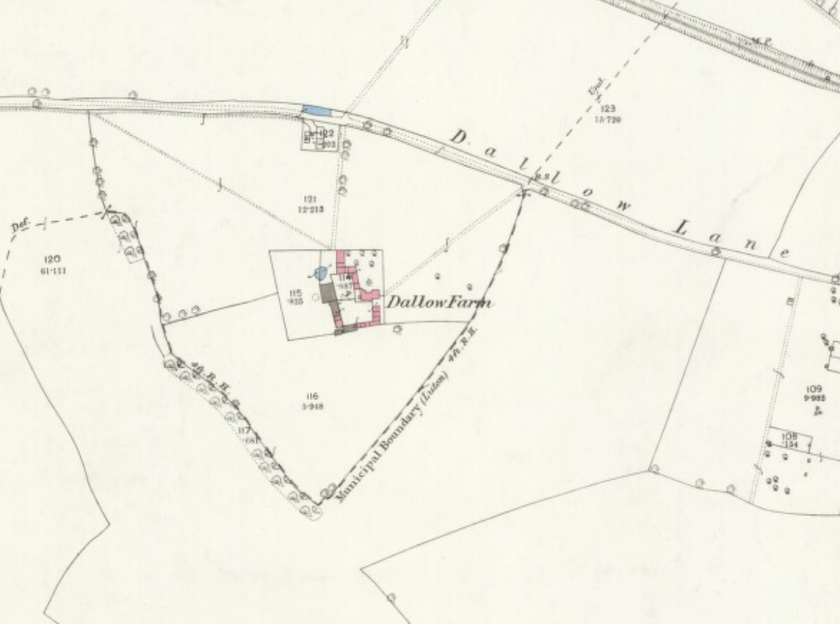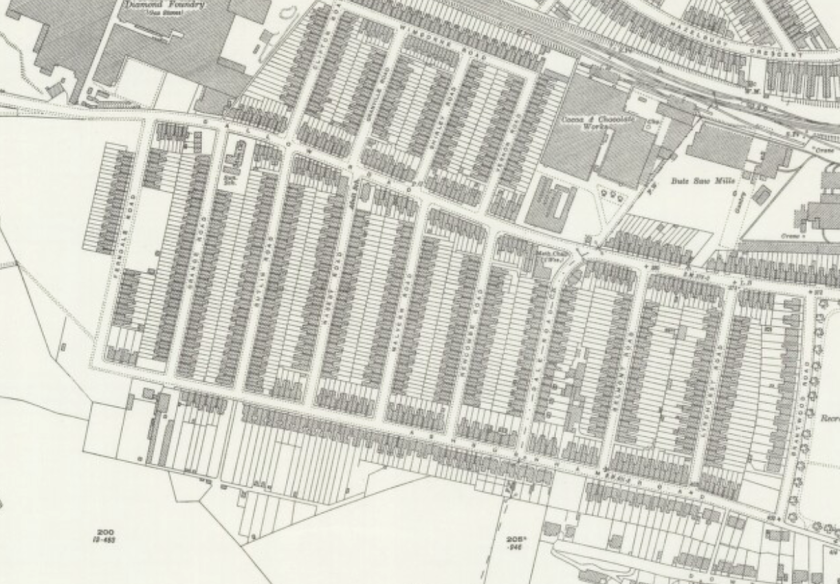Staples and another S, sellotape (meaning generic sticky tape rather than the branded version), are very high up my list of archival irritations. When we receive collections documents have often been stapled together, or torn sections have been patched up with sellotape. Once committee minutes began to be typed rather than handwritten, they were often stuck into minute books with either glue or sellotape, or worst of all, by an unholy trinity of glue, sellotape and staples, just to make absolutely sure they would never fall out. The poor book, meanwhile, is left bulging and cracking at the spine by the extra papers which have been added. Unfortunately old sticky tape often loses its stick and pulls off the page easily, leaving a nasty yellowed mark behind. Sometimes it only becomes loose along part of its length, while the remainder is still stuck firmly to the document. Staples tend to rust, and some old ones will be almost completely crumbled away. Rusty staples are often joined by rusty paper clips.
As you can imagine, all this rusty, sticky mess needs to be sorted out before the documents are put into archival folders and boxed. Staples have to be removed – I have an uneasy relationship with my staple remover as it has a habit of trapping bits of finger along with the staple – and sellotape will be removed where this can be done without damaging the document. Often we will ask the conservator to look at individuals items to make the decision as to whether it is better for their “health” to make the effort to remove sticky tape or glue, or just to leave things as they are. To hold related items together after staples have been removed they can either be put into folded archival paper, or brass paper clips can be used.
Unfortunately photograph albums can be another bugbear. Older albums are rarely of archival quality and photographs will need to be removed if possible. Some “self-stick” album pages unstick over time causing photos to fall out. Hopefully modern scrapbooking techniques, using archival quality paper and card and suitable inks and glues, should make things easier for the archivists of the future.




